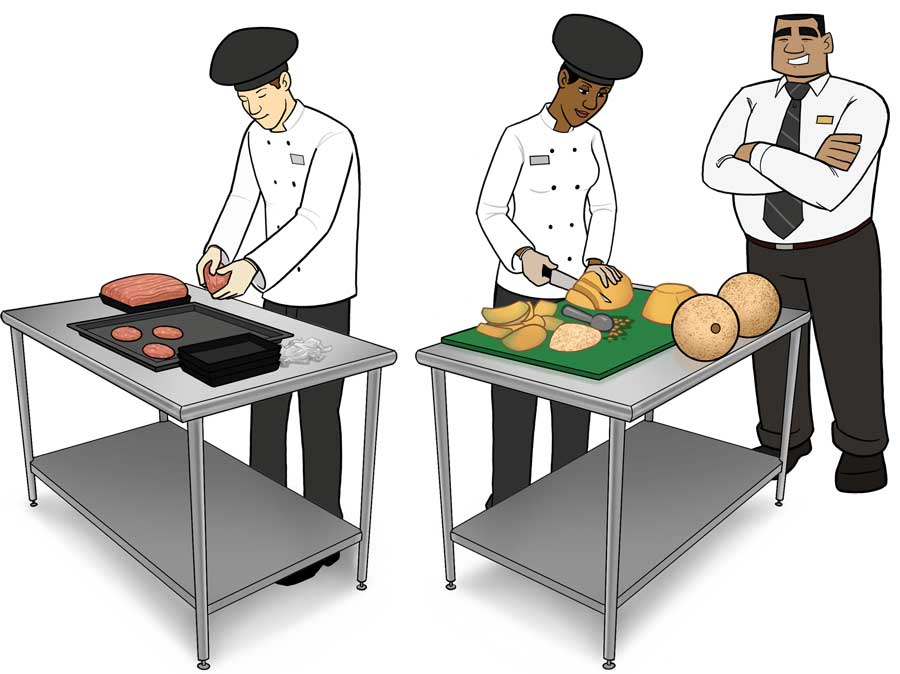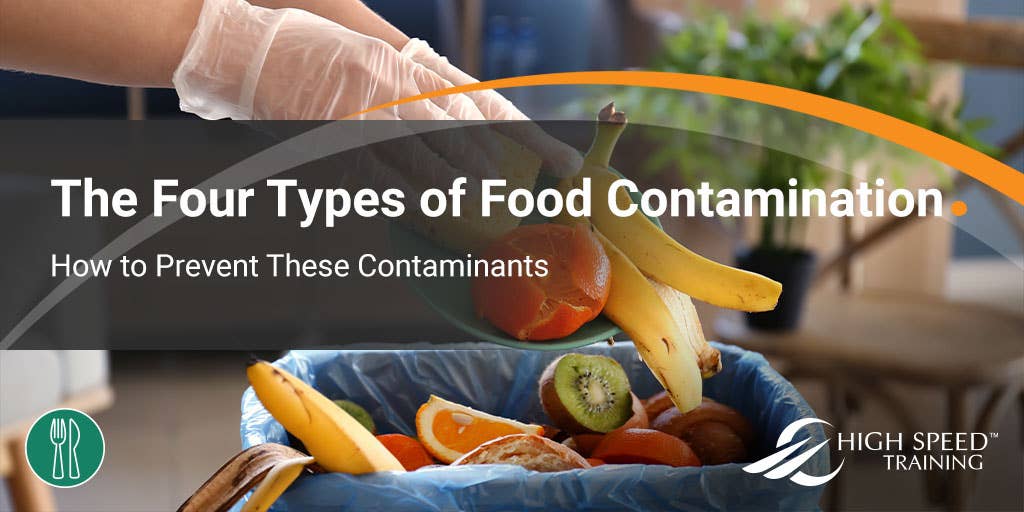Feed Contamination Prevention for Your Horse: A Comprehensive Guide

Ensuring your horse’s feed is free from contaminants is crucial for maintaining their health and performance. Contaminated feed can lead to serious health issues, including digestive problems, toxicity, and long-term diseases. This article explores effective strategies to prevent feed contamination, helping you safeguard your horse’s well-being.
Understanding Feed Contamination

Feed contamination occurs when harmful substances such as molds, bacteria, toxins, or foreign materials enter the horse’s feed. Common contaminants include:
| Contaminant Type | Description | Potential Risks |
|---|---|---|
| Molds and Fungi | Growth on damp or improperly stored feed | Mycotoxicosis, respiratory issues |
| Bacteria | Pathogenic bacteria like Salmonella or Clostridium | Digestive upset, infections |
| Mycotoxins | Toxic compounds produced by molds | Liver damage, immune suppression |
| Foreign Materials | Dirt, stones, metal fragments | Physical injury, digestive blockages |
Causes of Feed Contamination
- Improper Storage: Exposure to moisture, heat, and pests can promote mold growth and bacterial contamination.
- Poor Handling Practices: Contaminated equipment or unclean storage areas can introduce pathogens.
- Environmental Factors: Dust, insects, and rodents can contaminate feed during storage or feeding.
Prevention Strategies
1. Proper Storage
- Store feed in cool, dry, and well-ventilated areas.
- Use airtight containers to protect against moisture and pests.
- Regularly clean storage bins and areas to prevent buildup of contaminants.
2. Quality Control
- Purchase feed from reputable suppliers with quality assurance.
- Inspect feed for signs of mold, unusual odors, or foreign objects before use.
- Rotate stock to use older feed first and avoid spoilage.
3. Handling and Feeding Practices
- Wash hands and clean equipment before handling feed.
- Avoid cross-contamination by using dedicated tools for feed and manure.
- Feed horses individually if possible to monitor intake and prevent contamination.
4. Monitoring and Testing
- Periodically test feed samples for mycotoxins and bacterial contamination.
- Observe horses for signs of feed-related illness and consult a veterinarian if needed.
Table: Quick Reference for Feed Contamination Prevention
| Prevention Area | Key Actions | Benefits |
|---|---|---|
| Storage | Cool, dry, airtight containers | Reduces mold and pest infestation |
| Quality Control | Supplier vetting, feed inspection | Ensures feed safety and freshness |
| Handling Practices | Clean equipment, hand hygiene | Minimizes pathogen transfer |
| Monitoring | Regular testing, health observation | Early detection of contamination |
Frequently Asked Questions (FAQ)
Q1: How can I tell if my horse’s feed is contaminated?
- Look for mold, discoloration, unusual smells, or clumping. Monitor your horse for digestive issues or changes in behavior.
Q2: Can contaminated feed cause long-term health problems?
- Yes, exposure to toxins and pathogens can lead to chronic conditions affecting the liver, immune system, and overall health.
Q3: What should I do if I suspect feed contamination?
- Stop feeding the suspected batch immediately, consult your veterinarian, and test the feed if possible.
Q4: Are there natural ways to reduce feed contamination risks?
- Maintaining clean storage, using natural preservatives, and ensuring good ventilation can help reduce risks.
By implementing these prevention strategies, you can significantly reduce the risk of feed contamination and promote your horse’s health and longevity. Remember, vigilance and proper management are key to keeping your horse safe from harmful feed contaminants.
